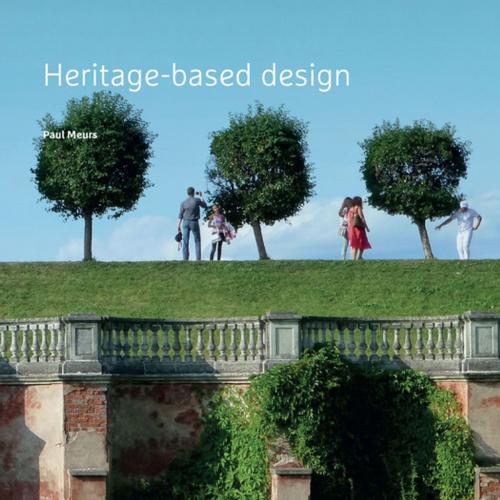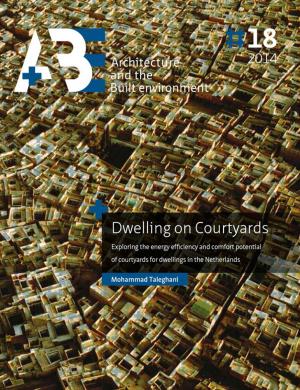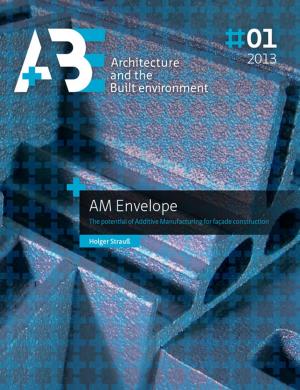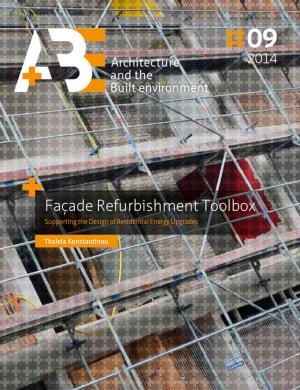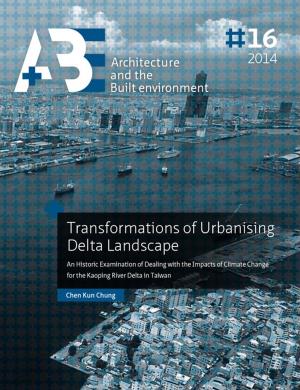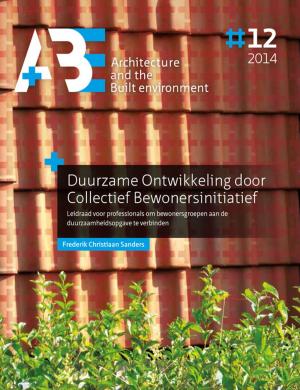| Author: | Paul Meurs | ISBN: | 9789461865922 |
| Publisher: | TU Delft | Publication: | February 1, 2016 |
| Imprint: | TU Delft | Language: | English |
| Author: | Paul Meurs |
| ISBN: | 9789461865922 |
| Publisher: | TU Delft |
| Publication: | February 1, 2016 |
| Imprint: | TU Delft |
| Language: | English |
Heritage-based design concerns the relationship between design approaches and the cultural heritage essence of a monument. How to approach a design? How to get a grip on a site? How can a designer incorporate existing qualities of the heritage in the design? Chapter 1 describes the trends in the Netherlands, a development which has led to heritage policy becoming increasingly linked to spatial planning and development issues, and resulting in the fast growing importance of design for heritage. Chapter 2 focuses on the cultural heritage value - and in particular on the question of how a designer can achieve a translation of the cultural heritage essence of a site into concrete design principles. Chapter 3 shows how a designer can take a position by relating to the cultural heritage value and by subsequently reinterpreting this in his own way.
Heritage-based design concerns the relationship between design approaches and the cultural heritage essence of a monument. How to approach a design? How to get a grip on a site? How can a designer incorporate existing qualities of the heritage in the design? Chapter 1 describes the trends in the Netherlands, a development which has led to heritage policy becoming increasingly linked to spatial planning and development issues, and resulting in the fast growing importance of design for heritage. Chapter 2 focuses on the cultural heritage value - and in particular on the question of how a designer can achieve a translation of the cultural heritage essence of a site into concrete design principles. Chapter 3 shows how a designer can take a position by relating to the cultural heritage value and by subsequently reinterpreting this in his own way.
